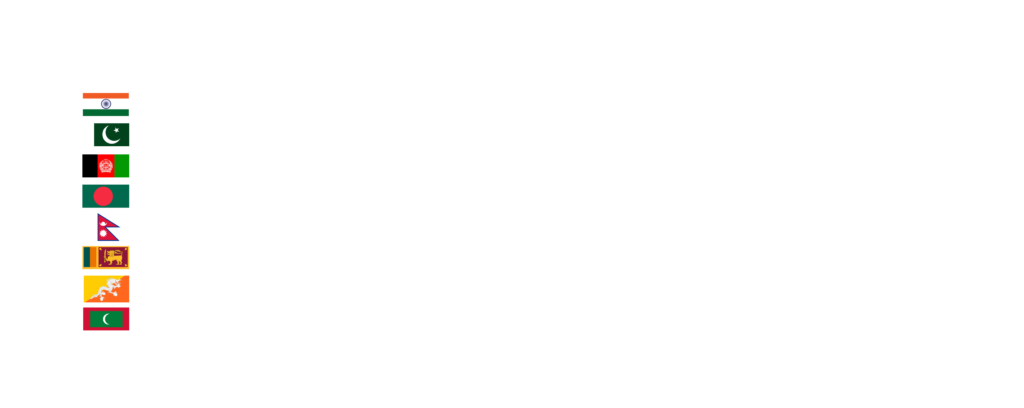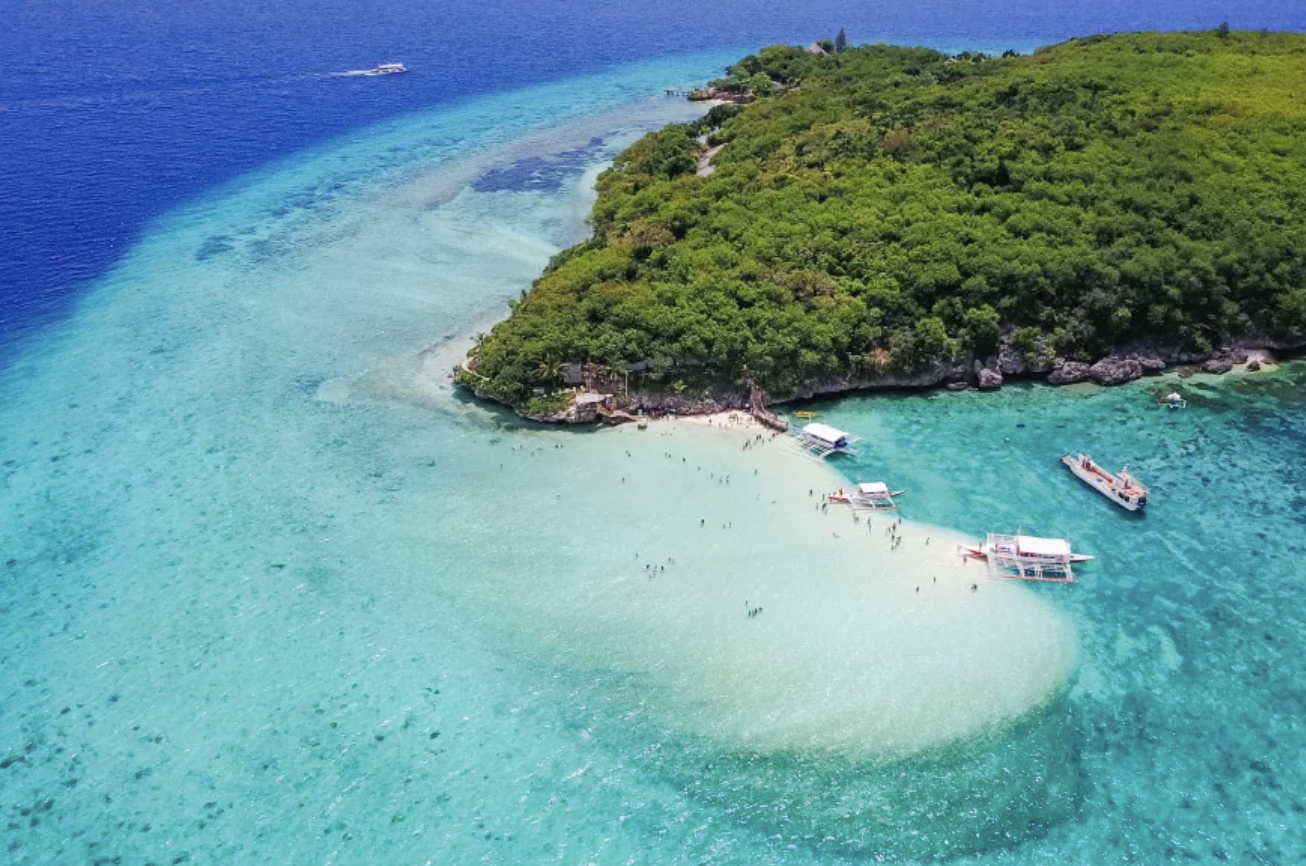SOUTH ASIA
South Asia or India Sub-continent is located south of Asia. It is the origin of many religions such as Bhuddhism and Hindu. South Asia covers approximately 5,180,000 square kilometers of land or 10% of Asia. This region is one of the World’s most populated areas with over 1,800 million people, equivalent to one-third of Asian population or one-fifth of global population. The population density rate is 305 habitants per square kilometer or over 7 times higher than the average global population density rate. India has the highest population with over 1,300 million people.
The major geography of South Asia is highland (such as the Deccan Plateau in India). There are also river basins with highly dense population such as the Ganges River Basin in India, The Sindhu or Indus River Basin in Pakistan and Brahmaputra River Basin in Bangladesh. The northern part of South Asia borders with the Tibet Plateau and the Himalaya Mountains where there is cold temperature.
On economic aspect, every country in the region is generally agriculture-based. There is not much development on industrial activities. India is the only country with prosperous industrial development with the support of leading industrial economies such as Japan, South Korea and Taiwan. There are over 800 languages and dialects being used in the region, and English is widely used in the communication. The region’s largest city is Mumbi, the port city on the western coast of India.

Brief Information of South Asia

Asian Regions for the Development Plan
Master plan
by NSUE
IMPLEMENTATION GUIDELINES

If you want to know about NSUE
How are we committed to developing living conditions and the environment to live together in the city of the future?















